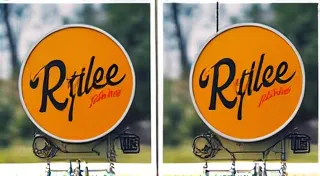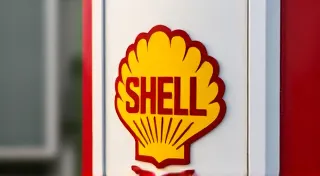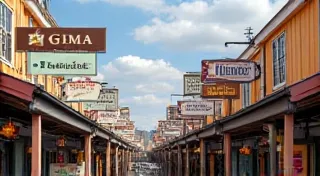The History of Gas Station Signs: A Collector's Perspective
Gas station signs. For collectors, they represent more than just advertising; they are tangible links to a bygone era – a time of classic cars, roadside diners, and a slower pace of life. These vibrant, often quirky, relics of Americana offer a window into the evolution of the gas station and the art of advertising itself. This article delves into the history of gas station signs, exploring their evolution, cultural significance, and why they remain so captivating to collectors today.
The Dawn of Automotive Advertising: Early Signs (1900-1920s)
The early 20th century witnessed the explosive growth of the automobile. As cars transitioned from luxury novelties to practical transportation, the need for readily available fuel became paramount. Early gas stations were often makeshift affairs, operating from general stores or mechanics’ shops. Consequently, advertising was rudimentary. Initially, signs were simple painted wooden boards or hand-lettered posters simply indicating “Gasoline For Sale.” These weren’t the ornate, eye-catching signs we associate with the vintage era. The focus was solely on informing potential customers of the availability of fuel.
The standardization of gasoline grades began in the 1910s, leading to the rise of brands like Sinclair, Shell, and Texaco. These companies began to understand the power of branding, and advertising started to become more focused. Early signs began to incorporate the company's logo and a simple price, often utilizing hand-painted lettering on larger wooden boards. The artistry was present, but largely utilitarian. These early signs are now incredibly rare and highly sought after by collectors.
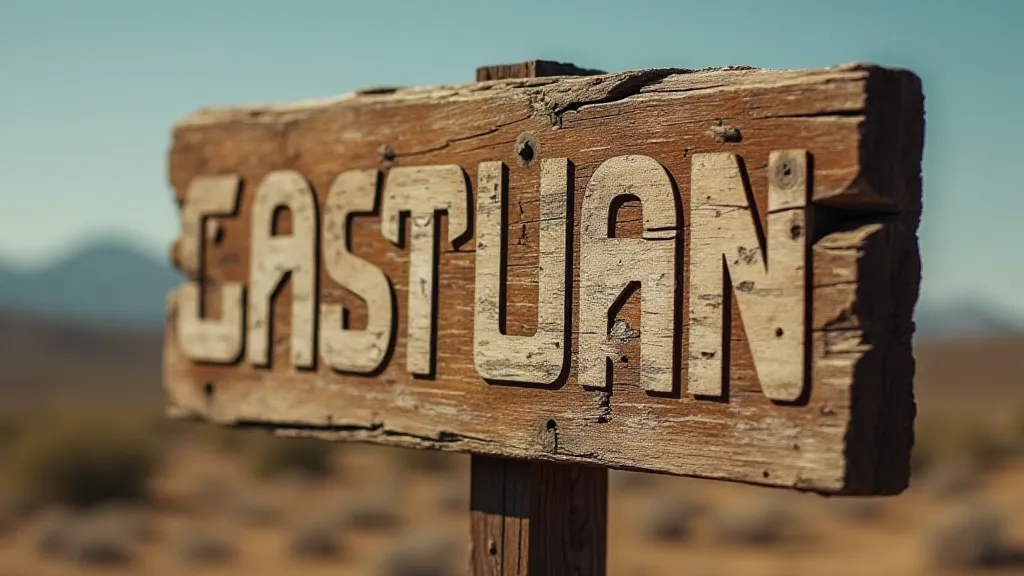
The Golden Age of Gas Signs: Art Deco and Bold Graphics (1920s-1950s)
The 1920s and 1930s ushered in the Art Deco era, a period of significant influence on advertising design. Gas companies embraced the sleek lines, geometric shapes, and bold colors that characterized Art Deco. Signs began to be crafted from porcelain-enameled steel, offering durability and a much better surface for vibrant colors. This was a pivotal moment in gas sign history – the birth of the “classic” vintage gas sign.
Companies employed talented artists to create signs that were not only informative but also visually appealing. Popular themes included depictions of idealized landscapes, scenes of prosperity, and even anthropomorphic figures representing the brand. Shell’s iconic scallop shell logo became instantly recognizable, and Texaco's “T-Circle” became synonymous with quality gasoline. These weren’t just advertisements; they were works of art designed to capture the driver’s attention and create a positive association with the brand.
The Great Depression impacted advertising, but gas companies continued to invest in their signage, viewing it as a vital tool for maintaining brand loyalty. The 1940s, with World War II, saw a shift towards more patriotic imagery and simplified designs due to material shortages. Post-war, the 1950s were a period of renewed prosperity and optimism, reflected in the bright colors and dynamic designs of gas station signs. Neon signage also became increasingly popular, adding another layer of visual appeal.
Material Matters: Porcelain Enamel vs. Neon vs. Metal
Understanding the materials used in gas signs is crucial for both collectors and restorers. The three most common materials were porcelain enamel, neon, and metal.
- Porcelain Enamel: Considered the gold standard, porcelain enamel signs are made by fusing layers of enamel to a steel base. This process creates a durable, weatherproof surface capable of displaying vibrant colors and intricate designs. They are highly prized by collectors due to their longevity and aesthetic appeal. The process was costly, contributing to their relative scarcity today.
- Neon: Neon signs added a captivating glow and visual interest to gas stations. They were often incorporated into porcelain enamel signs or used as standalone displays. The technology was still relatively new during the peak of gas sign production, so early neon signs are quite rare.
- Metal: Less expensive than porcelain enamel, metal signs were often used for smaller displays or promotional signage. They are generally less durable and more prone to rust and damage.
The Decline and Rediscovery (1960s – Present)
The 1960s brought about a decline in the use of elaborate gas station signs. Highway beautification acts and stricter advertising regulations led companies to simplify their signage and move towards standardized designs. The rise of corporate chains also contributed to the homogenization of gas stations, diminishing the individuality of local businesses and their signage.
Many old signs were discarded or removed during station renovations. Thankfully, a growing appreciation for Americana and vintage aesthetics led to a rediscovery of these forgotten relics. Collectors began seeking out old gas signs, recognizing their historical significance and artistic value. Today, restoring and preserving these signs is a labor of love, a way to reconnect with a bygone era and safeguard a piece of American history.
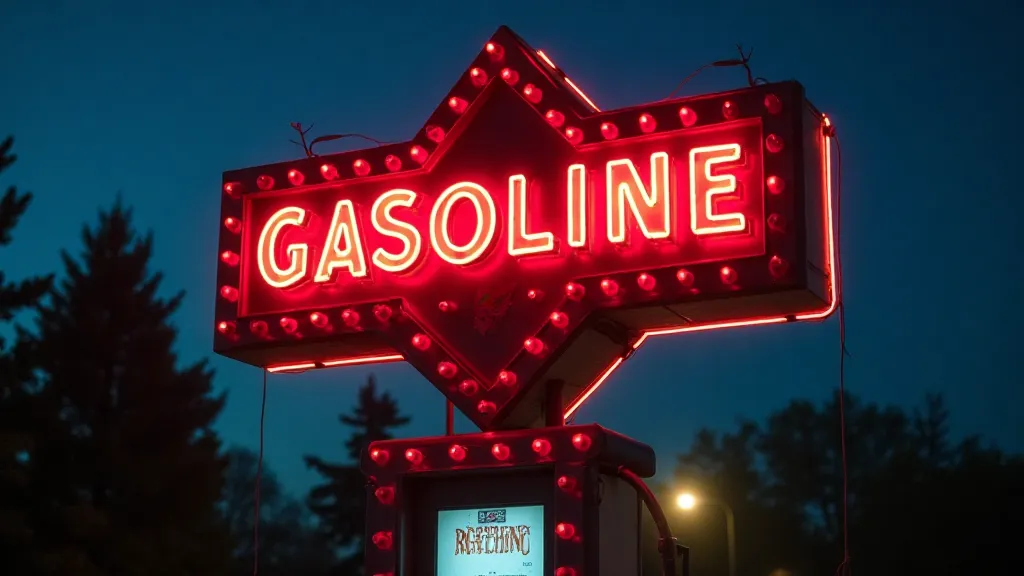
Collecting and Restoring: A Passionate Pursuit
Gas sign collecting is a diverse hobby, attracting people from all walks of life. Collectors may specialize in particular brands, materials, or eras. The value of a gas sign depends on several factors, including its rarity, condition, size, and desirability.
Restoring vintage gas signs is a complex undertaking that requires specialized skills and patience. It’s a process of carefully cleaning, repairing, and repainting the sign, striving to preserve its original character while addressing any damage or deterioration. Ethical restoration practices prioritize authenticity, avoiding excessive alterations or reproductions.
The Enduring Legacy
Gas station signs are more than just advertisements; they are cultural artifacts that offer a unique window into American history. They represent a time of classic cars, bustling roadside businesses, and a sense of community that is often missing in today’s fast-paced world. The enduring appeal of these signs lies in their ability to evoke nostalgia, spark curiosity, and connect us to a simpler, more charming past.
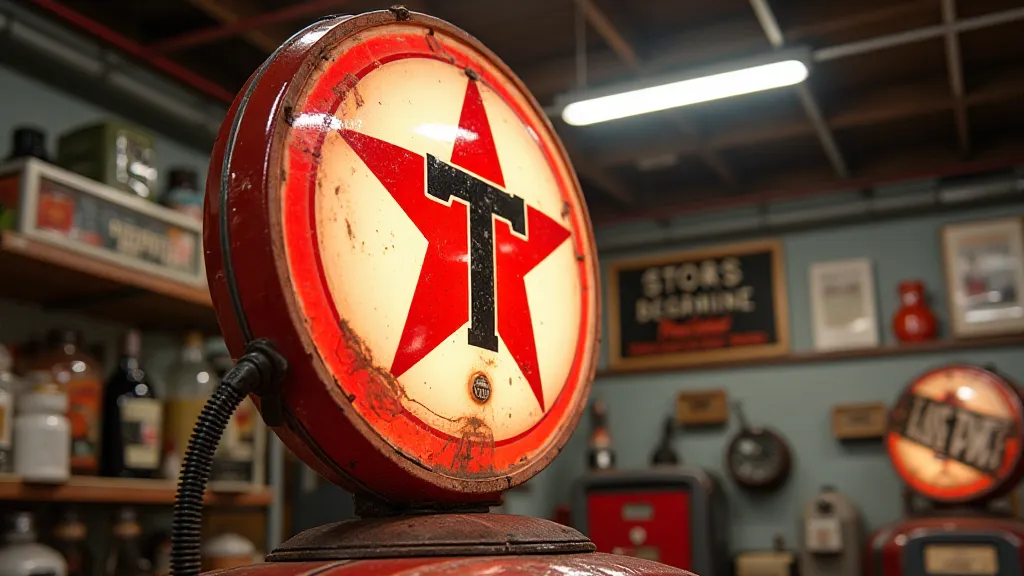
For collectors and enthusiasts, preserving and restoring these signs is a way of ensuring that this important chapter in American history continues to inspire and delight generations to come.

